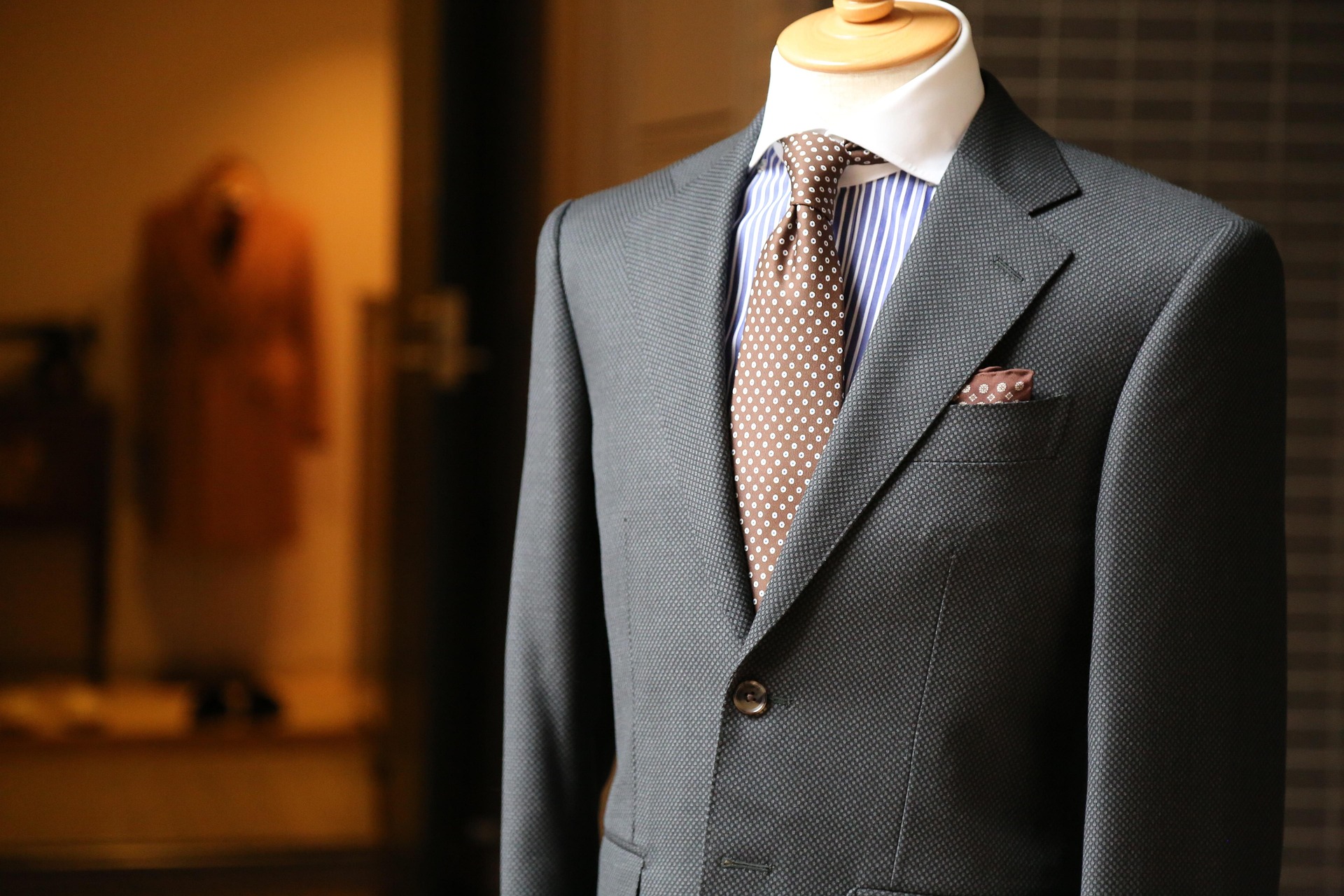"Diving into the Phenomenon of Virtual Fashion: The New Reality of Shopping"
Fashion has always been an arena for experimentation, with designers and shoppers alike constantly pushing boundaries and embracing the new. Today, this willingness to evolve and adapt has led to an intriguing development: the rise of virtual fashion. This article will explore this trend, tracing its origins and examining its potential to revolutionize the way we shop and dress.
A Glimpse into the Past: The Genesis of Virtual Fashion
Virtual fashion is a relatively new concept, born out of the intersection between technology and fashion. It began with the advent of 3D modeling and computer-generated imagery (CGI) in the fashion industry. Designers began to use these tools to create virtual prototypes of their designs, a practice that saved time and resources. Over time, the use of technology in fashion evolved, leading to the birth of virtual fashion as we know it today.
The Present: Understanding Virtual Fashion
Today, virtual fashion encompasses a range of practices from virtual reality (VR) runway shows to digital clothing. The latter is particularly intriguing: these are clothes that exist only in the digital world, designed to be worn by our online avatars. Brands like Carlings have pioneered this trend, launching digital clothing lines that shoppers can purchase and have digitally fitted onto photos of themselves.
Why It Matters: The Appeal of Virtual Fashion
The appeal of virtual fashion lies in its novelty and its potential to redefine the fashion landscape. It offers a new way to express oneself and engage with fashion, especially in an increasingly digital world. It also presents an opportunity for sustainable fashion, as digital clothing requires no physical resources to produce.
The Future: Virtual Fashion’s Potential Impact
Virtual fashion also has the potential to drastically change the way we shop. Already, brands are using VR and augmented reality (AR) to create immersive shopping experiences, allowing customers to virtually try on clothes or view products in 3D. As this technology advances, we could see a shift towards more virtual shopping, reducing the need for physical retail spaces.
The Practicality of Virtual Fashion: Tips and Insights
- Experiment with virtual fashion: Many brands now offer virtual clothing or VR shopping experiences. Give it a try—it could offer a new way to engage with fashion.
- Understand the limitations: Remember that virtual fashion is still in its infancy, and there are limitations to what it can offer. For instance, digital clothing can only be worn online.
- Consider the sustainability angle: Virtual fashion could be a more sustainable alternative to fast fashion, as it requires no physical resources to produce.
In conclusion, virtual fashion is a fascinating trend that offers a fresh perspective on the way we engage with fashion. It has the potential to revolutionize not only the way we dress but also the way we shop. As we move further into the digital age, virtual fashion may well become an integral part of our fashion landscape. It’s an exciting time to be a part of the fashion world, as we witness and participate in these groundbreaking changes.






